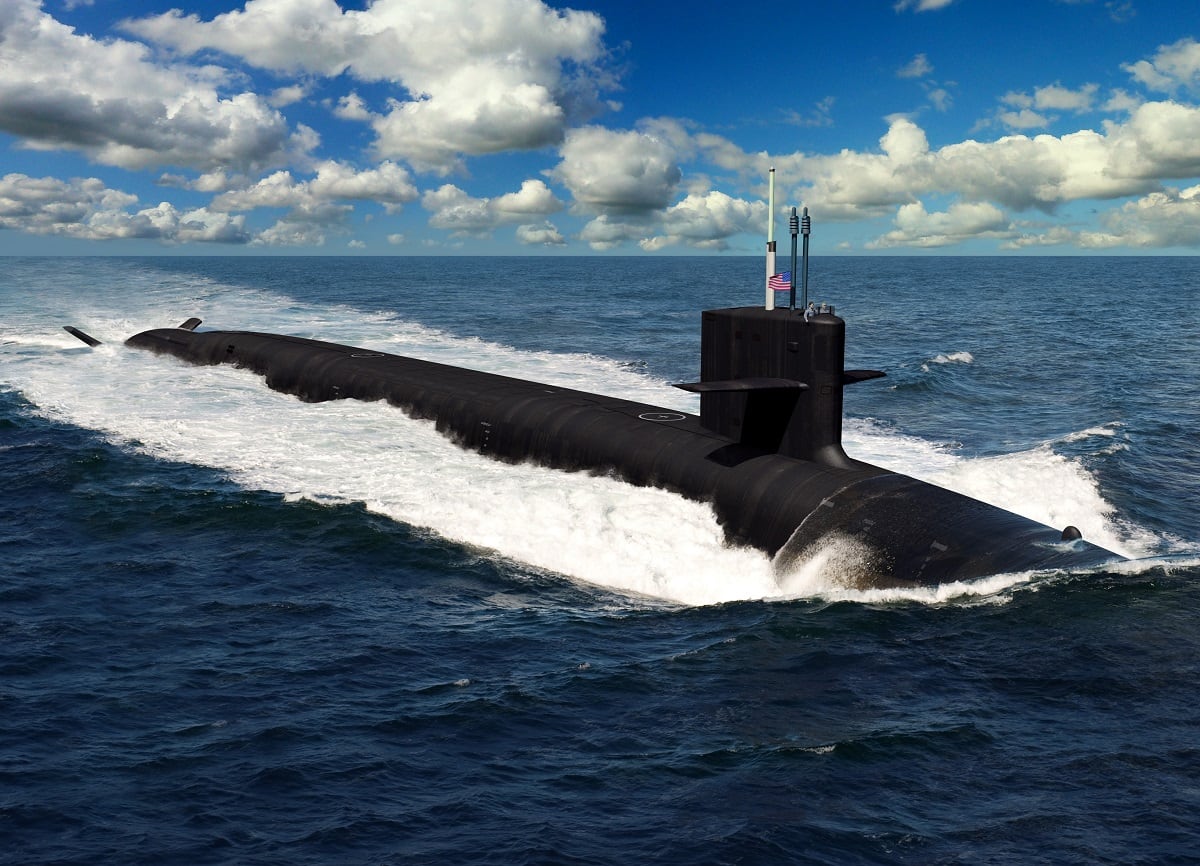WASHINGTON – The name of the game in the Pacific is stand-off range. But with longer range torpedoes and anti-ship missiles in the arsenal, submariners are looking to a new domain to help them extend their deadly reach: The air.
In an October request for information, Naval Sea Systems Command’s Submarine Combat and Weapons Control Program Office asked industry for input into a “Submarine-Launched Unmanned Aerial System,” or SLUAS, currently in development.
The Navy has been interested in sub-launched drones for some time and has been testing prototypes, but the RFI shows the service is getting serious about the idea as it adds longer-range torpedoes and anti-ship cruise missiles to the arsenal of its attack submarines.
The idea for the SLUAS is an ambitious one.
RELATED

The drone would launch from a submerged submarine out of a 3-inch ejector tube used for sonobuoys, flares and countermeasures among other things. The battery-operated UAS would then deploy its wings and operate for an hour, well beyond the range visible from just the low-in-the-water periscope.
Additionally, the UAS should have an “electro-optic capability with reliable target solution analysis,” the RFI said, adding that it should be able to “operate at ranges out to the line-of-sight radio horizon, and use a variable bandwidth encrypted datalink with at least 256-bit encryption strength.
The drone should also have a degree of autonomy and “include the ability to operate in an emission-controlled environment and operate without constant radio communication links.”
“Every submarine has a 3-inch launcher, so in theory, every submarine could operate with UASs,” said Bryan Clark, a retired submarine officer and senior fellow with The Hudson Institute. “The idea is that you would be about the size of a sonobuoy — it could be pretty long — and you’d put it inside a canister. Then you launch this in a canister, it floats to the surface and the USA deploys from there.
“And from there it can either connect up with the submarine or it could connect with another unit, and it gives you the ability to have over-the-horizon surveillance.”
“The demonstrations have been pretty successful,” Clark added.
The responses to the RFI were due in November.
David B. Larter was the naval warfare reporter for Defense News.








